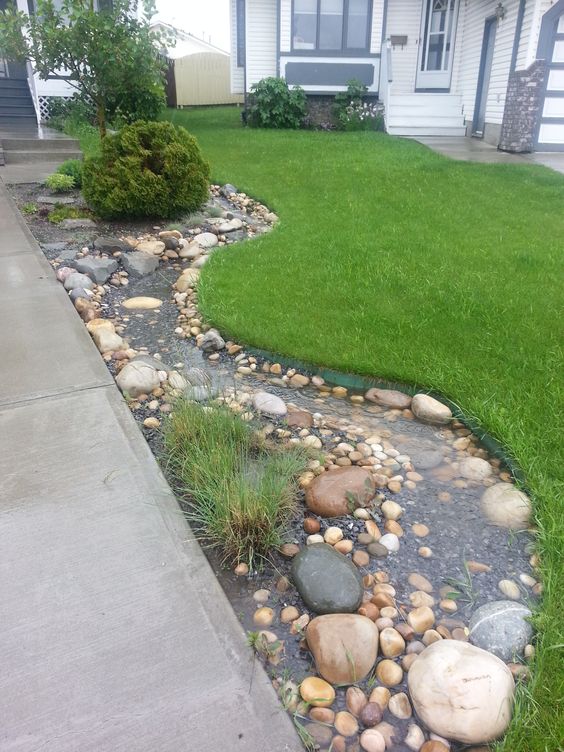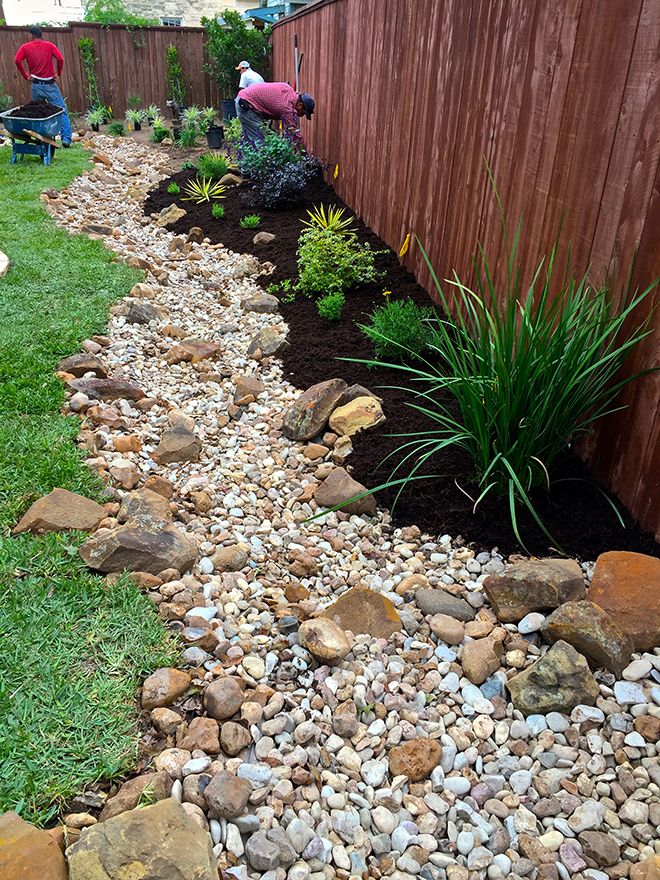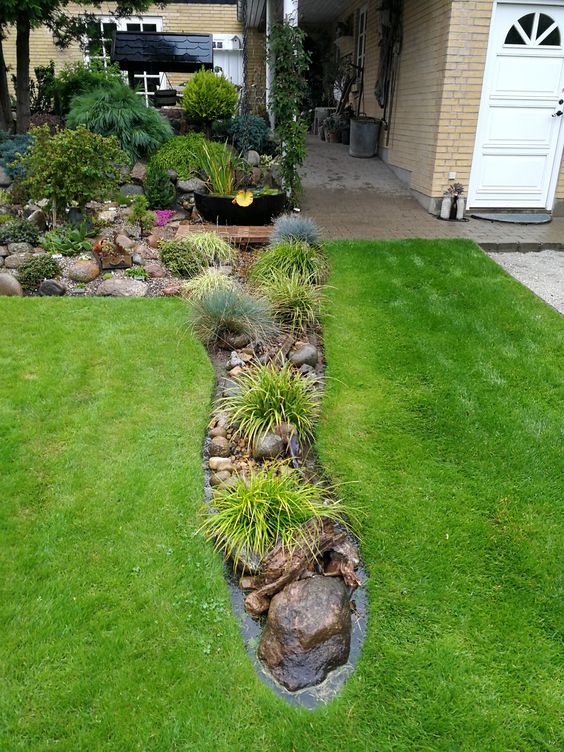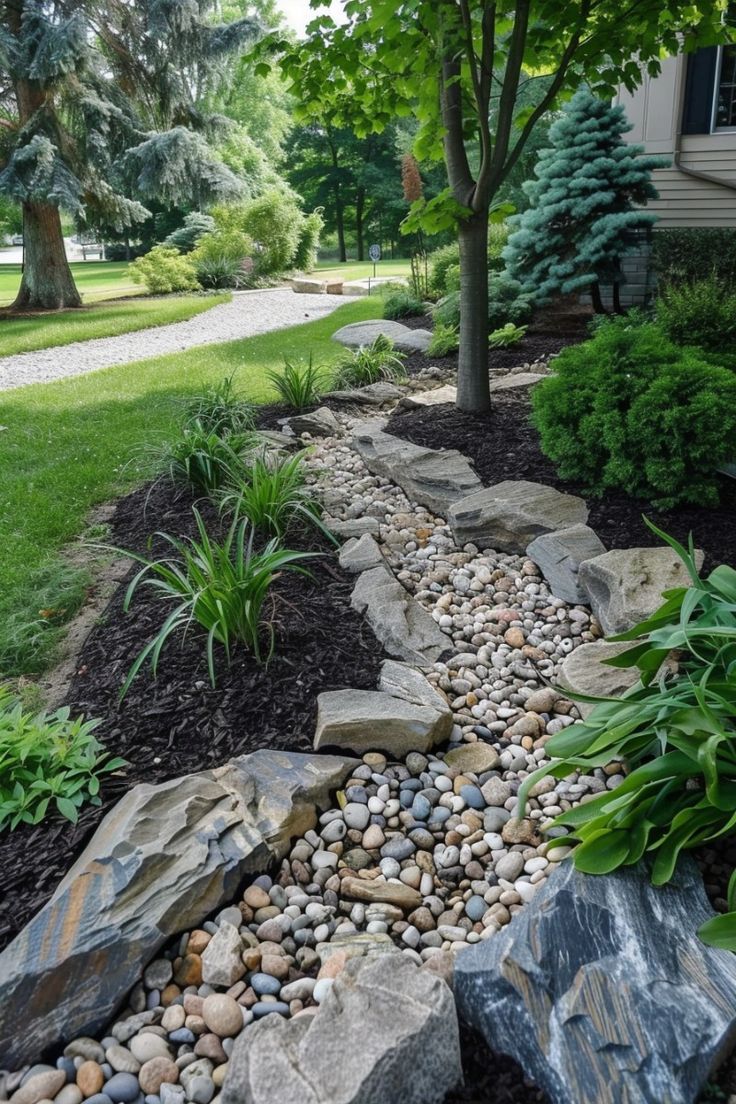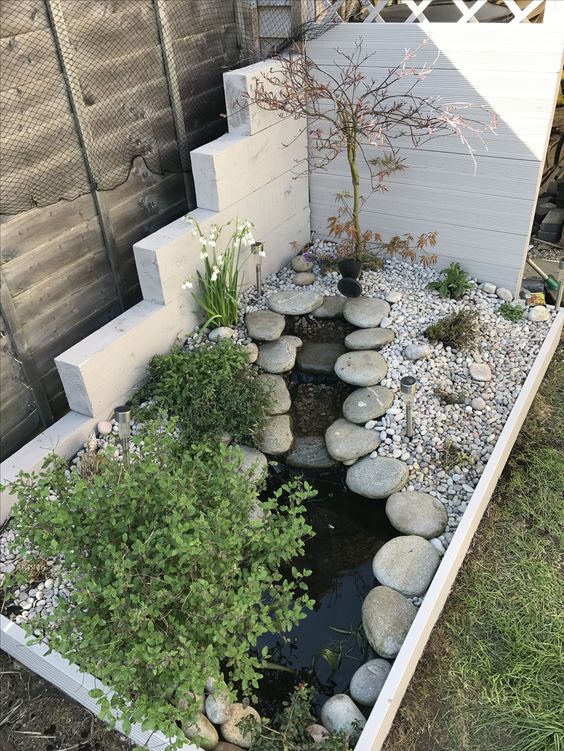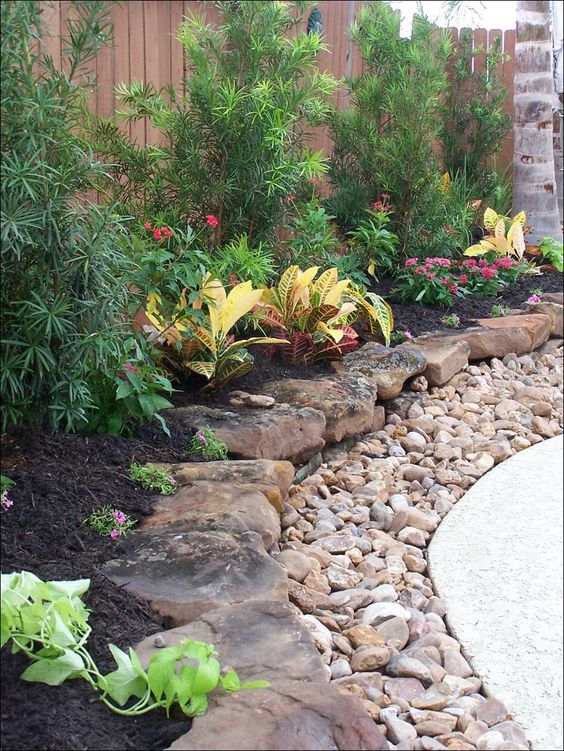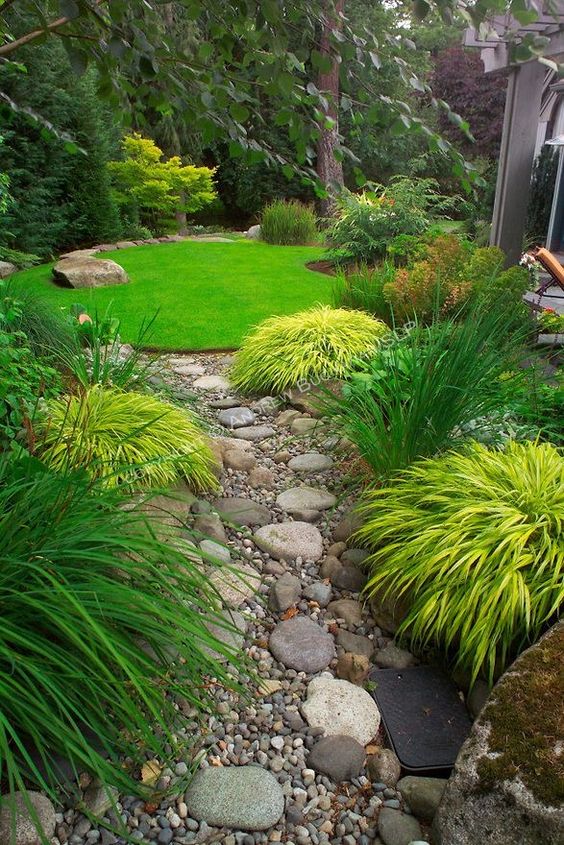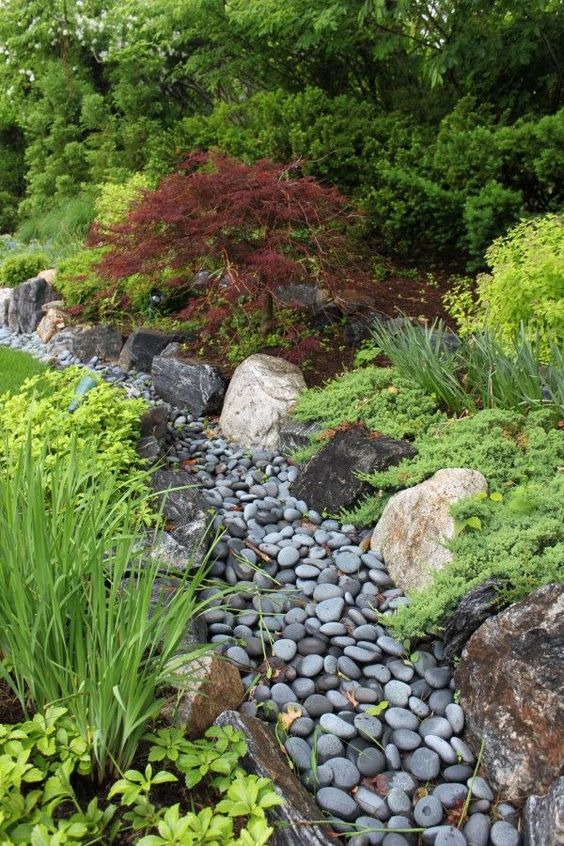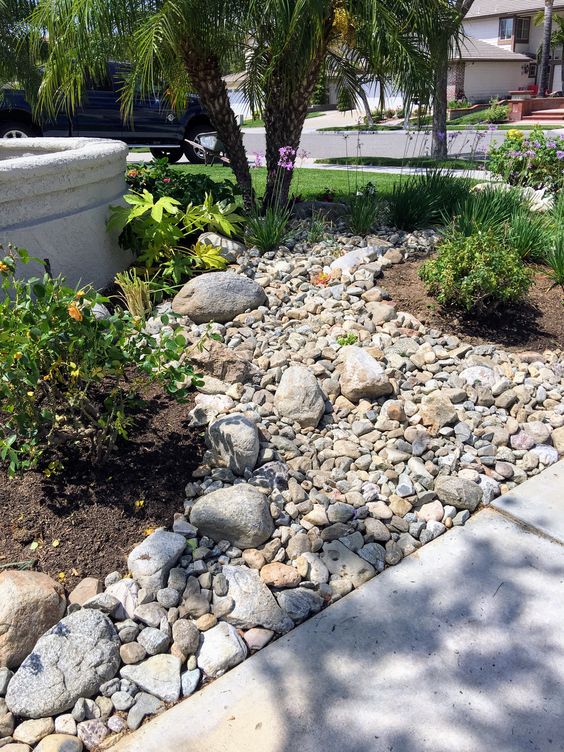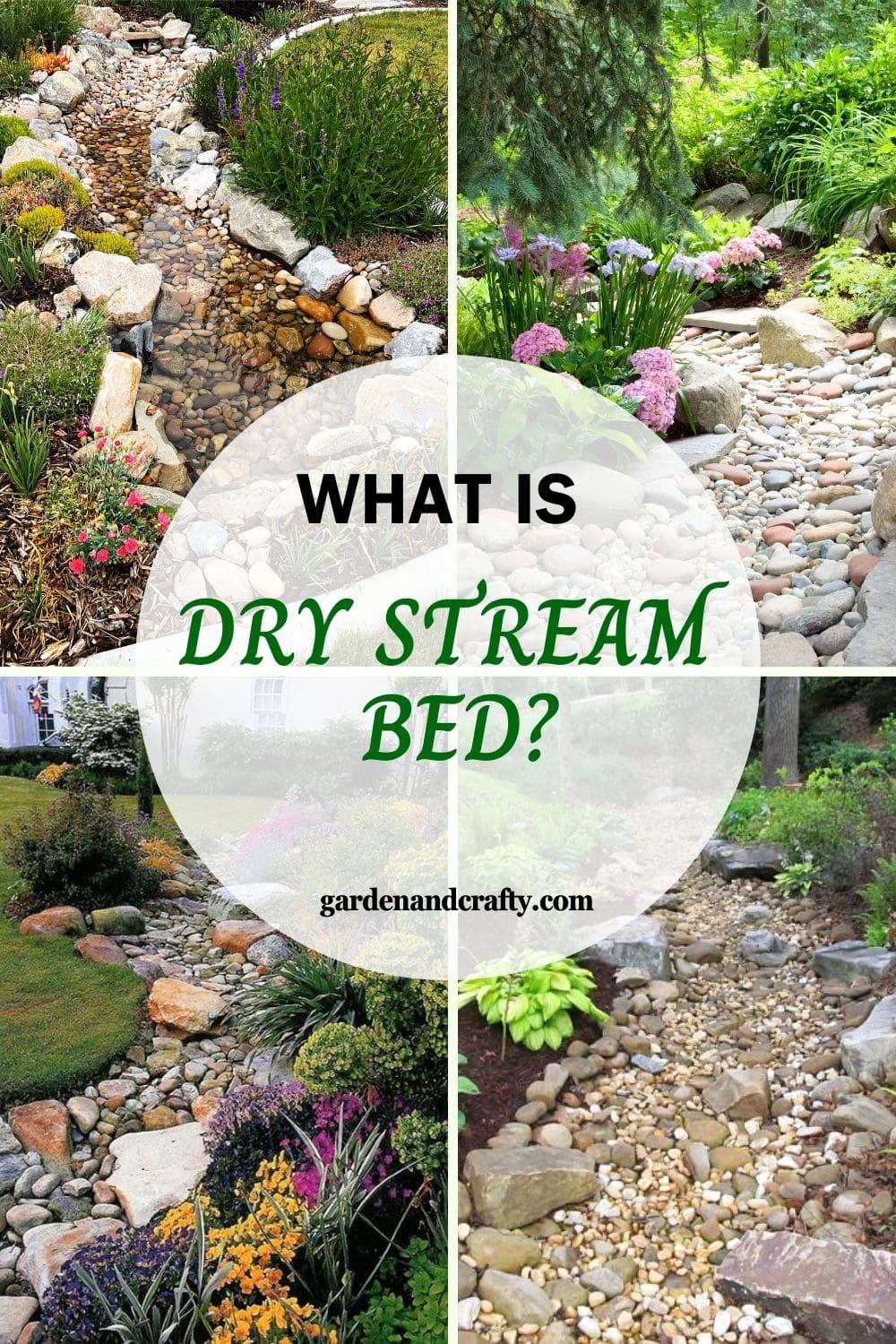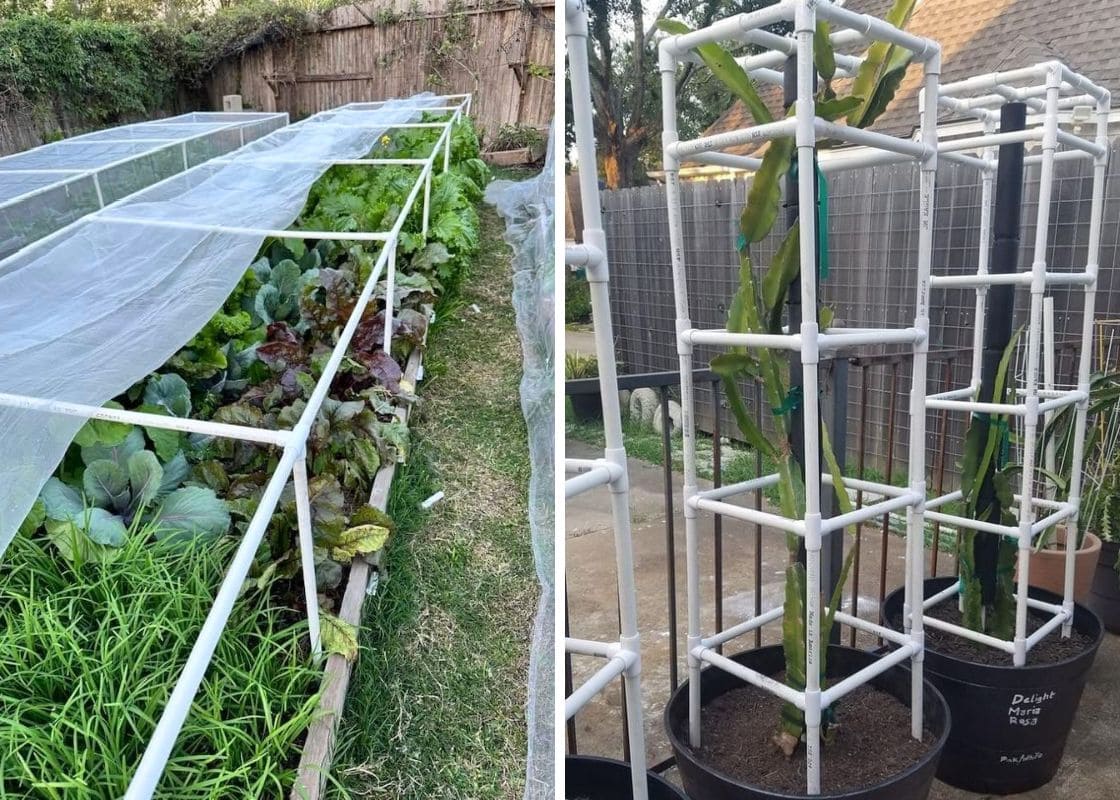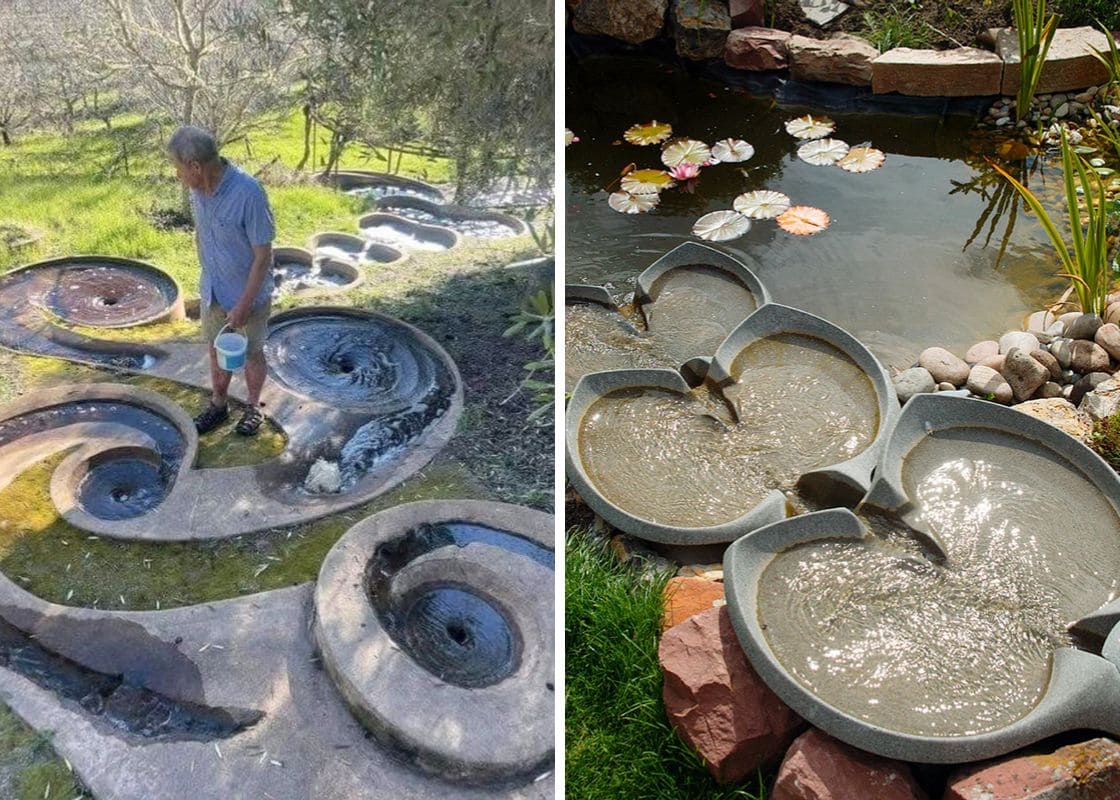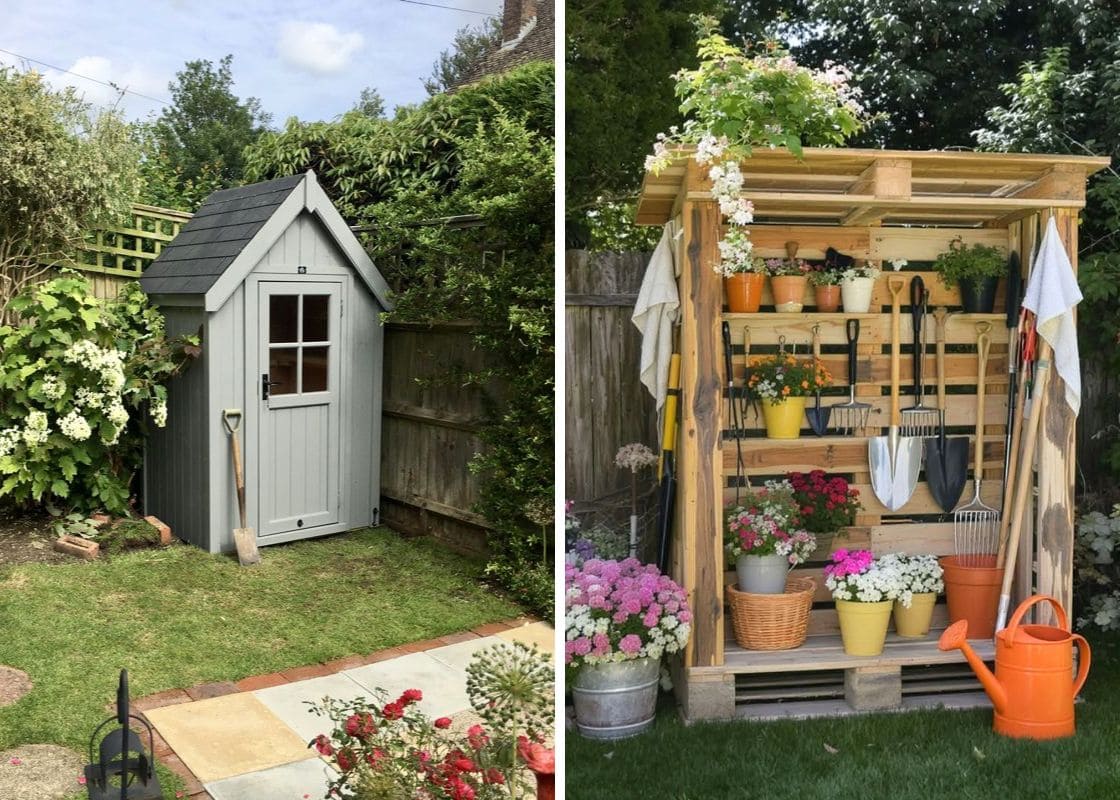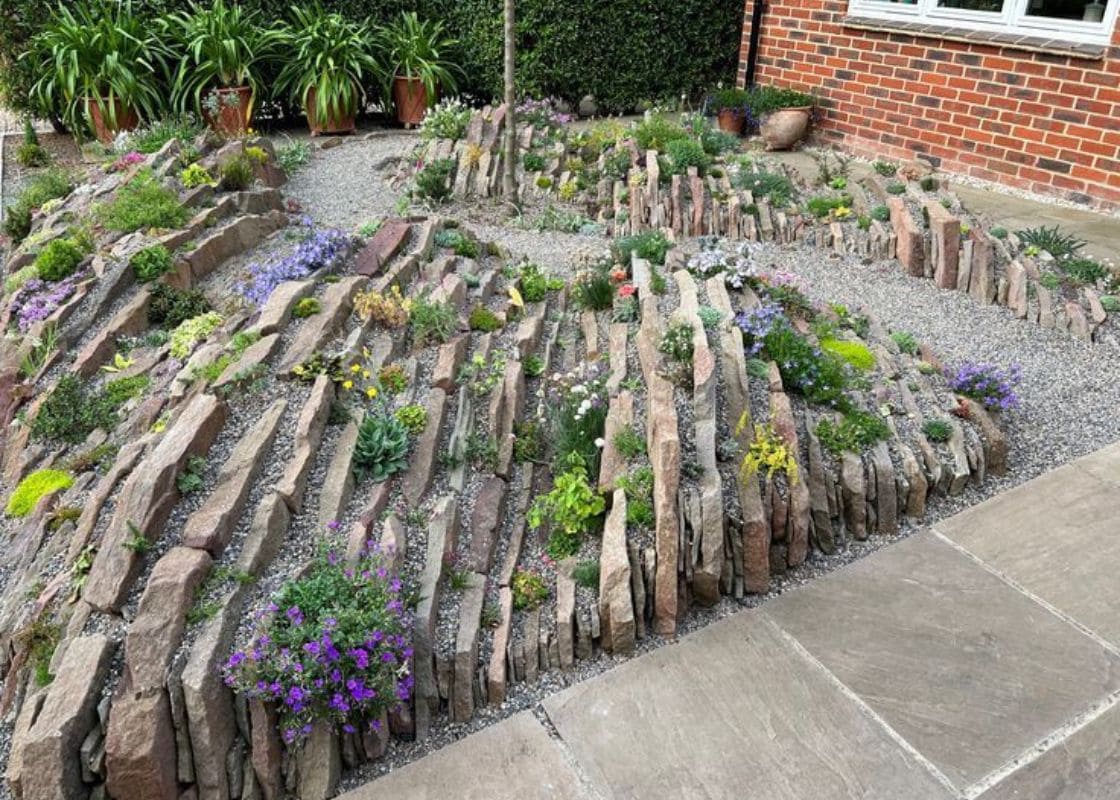Last year, I decided to transform a dull corner of my garden. After some thought, I tried adding a dry stream bed, and the results were stunning.
The winding path of smooth stones and strategically placed boulders brought a natural elegance that my garden had been missing.
However, I believe that many gardeners don’t know the definition of a dry stream bed and its surprising benefits to their garden.
Understanding About Dry Stream Bed
What is a Dry Stream Bed?
A dry stream bed, also known as a dry creek bed, is a landscaping feature that mimics a natural stream or creek.
Instead of water, it uses rocks, boulders, and sometimes plants to create the illusion of a flowing watercourse.
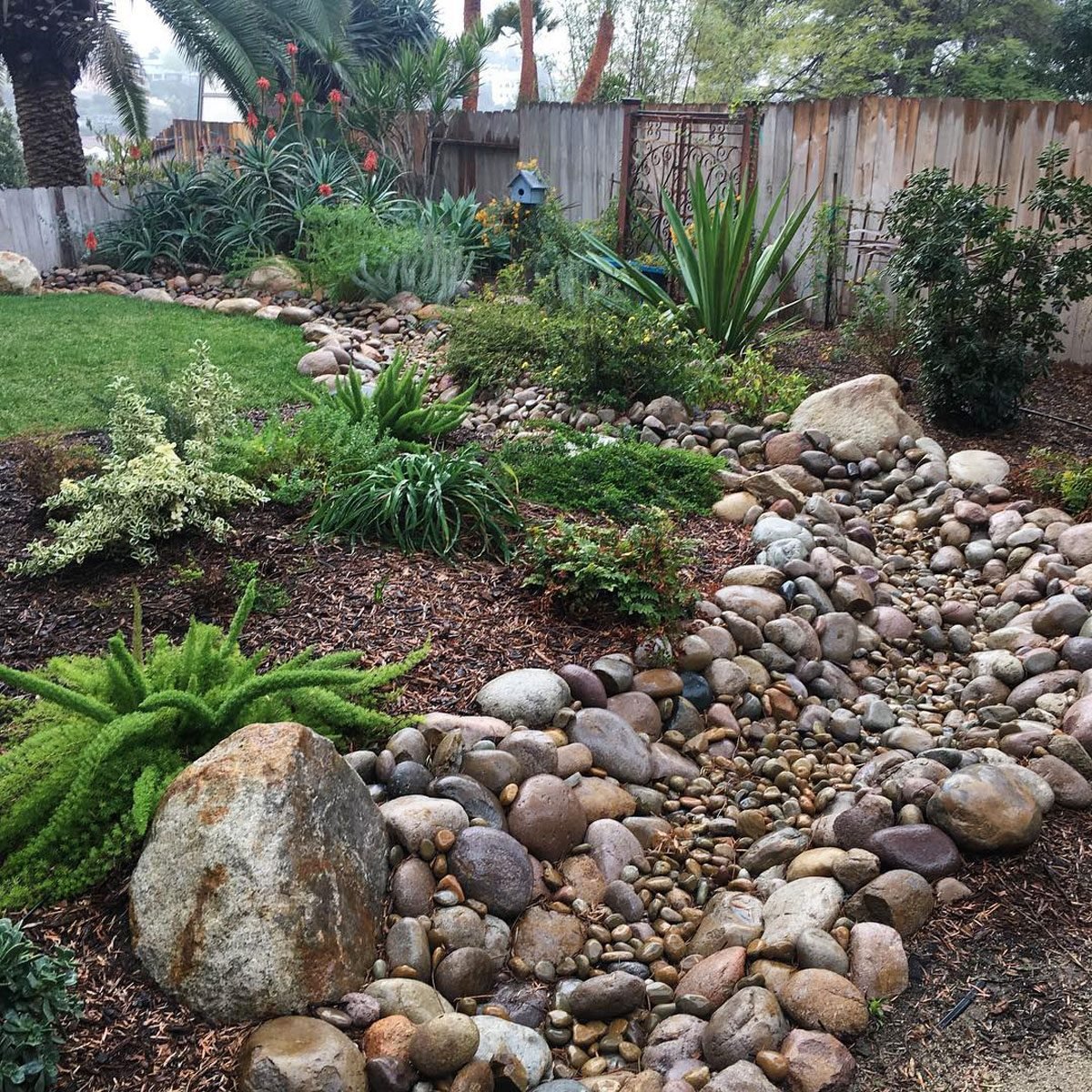
These beds can be purely decorative or serve a functional purpose, like drainage.
I first encountered dry stream beds in Japan, and I was instantly captivated by their beauty and practicality.
Features of a Dry Stream Bed
Dry stream beds enhance a garden’s natural look with boulders, river gravel, and plants. Boulders create structure, while gravel forms the bed’s base.
In addition, optional elements like driftwood, small bridges, and spill rocks can add character.
Beyond aesthetics, dry stream beds are functional, channeling rainwater away from problem areas and helping with drainage, especially in heavy rains.
If you’re into gardening, understanding that clay soil has slow infiltration, while gravel and sand allow water to pass through quickly helps you design a more effective and beautiful dry stream bed.
The Benefits of a Dry Stream Bed
With a dry stream bed, you can see various benefits:
- Water runoff management: channels rainwater away, reducing flooding and puddles.
- Soil erosion prevention: slows water flow on slopes, keeping topsoil in place.
- Environmental impact: reduces runoff and helps prevent pollutants from entering waterways.
- Aesthetic appeal: adds beauty with rocks, plants, and creative design elements.
- Functional landscaping: acts as a natural drainage system while enhancing garden design.
